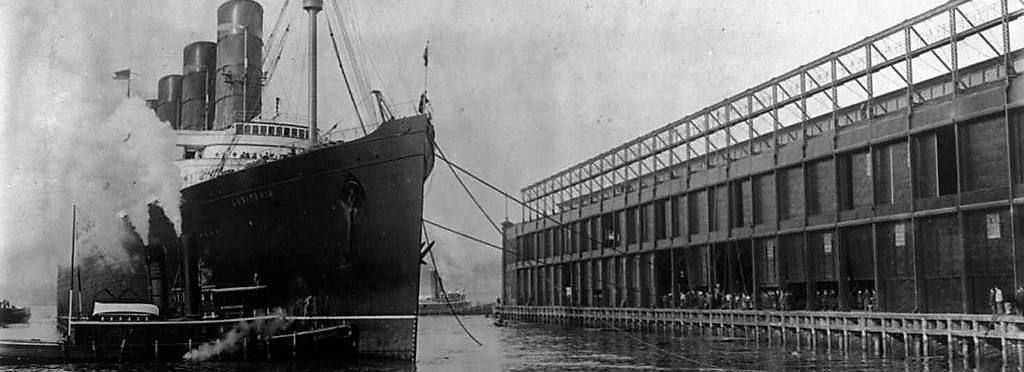
The Road to War
The Road to War
On June 28, 1914, a car carrying Archduke Franz Ferdinand, heir to the imperial Hapsburg throne, made a wrong turn. As the car came to a halt and tried to turn around, a nervous teenager approached from a coffee house, pulled out a revolver, and shot twice. Within an hour, the Archduke and his wife were dead.
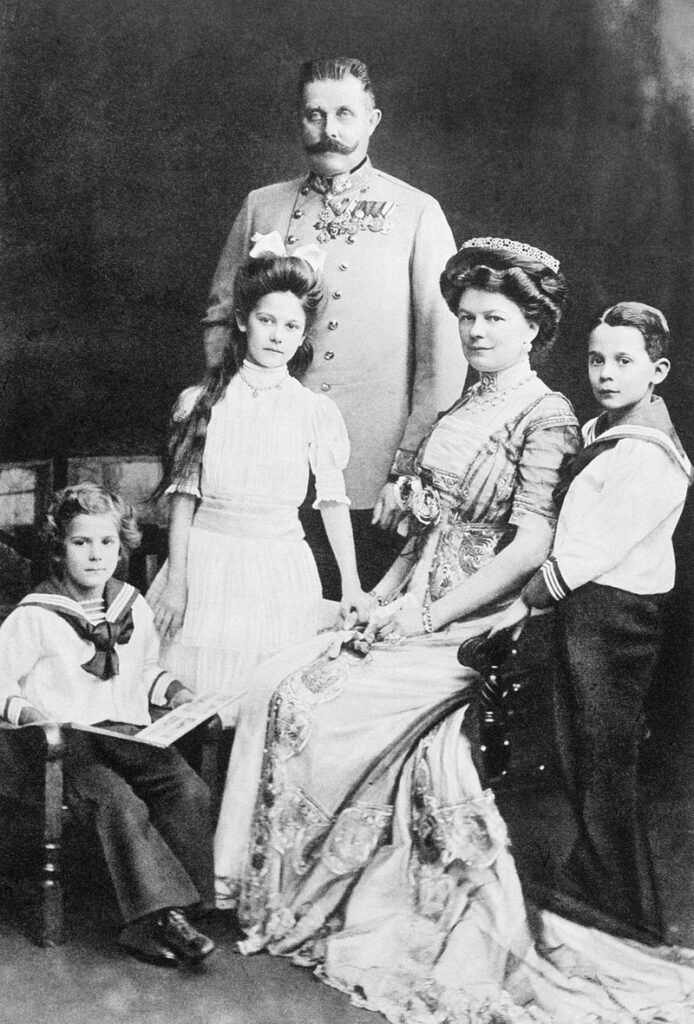
Gavrilo Princip, the nineteen-year-old assassin, was a Bosnian nationalist who opposed the domination of the Balkans by the Austro-Hungarian Empire. He had received his weapon from a secret society known as the “Black Hand,” which was clandestinely controlled by the government of Serbia. Princip died of mistreatment in an Austrian prison in 1918.
The assassination provoked outrage in Austria-Hungary. The dual monarchy wanted to punish Serbia for the assassination and to intimidate other minority groups whose struggles for independence threatened the empire’s stability. The assassination of the archduke triggered a series of events that would lead, five weeks later, to the outbreak of World War I. When the conflict was over, between nine and fifteen million people had been killed, four powerful European empires had been overthrown, and the seeds of World War II and the Cold War had been planted.
Several factors transformed the assassination of the Archduke into a full-scale European war. One was Germany’s emergence as a great power, which disrupted the balance of power in Europe. Germany’s desire to enhance its international standing, create an empire, and increase its security generated conflicts with other European powers.

The failure of international diplomacy and a web of entangling alliances further were crucial elements in the road to war.
A complicated system of military alliances also transformed the Balkan crisis into a full-scale war. Recognizing that any action it took against Serbia would create an international incident, Austria asked for Germany’s diplomatic and military support. Meanwhile, Russia, fearful of Austrian and German expansion into the Balkans, strongly supported the Serbs and began to mobilize its army.
This move made Germany’s leadership fear encirclement by Russia and France. Germany sent an ultimatum to France asking it to declare its neutrality in the event of a conflict between Russia and Germany. The French refused. They were obligated by treaty to support Russia and were still bitter over their defeat by Prussia in 1871. When Russia failed to demobilize its forces, the German Kaiser agreed to war.
World War I caught most people by surprise. Lulled by a century of peace—Europeans had not seen a large-scale war since the defeat of Napoleon in 1815—many observers had come to regard armed conflict as a relic of the past, rendered unthinkable by human progress. World War I shattered these dreams. The war demonstrated that death and destruction had not yet been banished from human affairs.
The Guns of August
Faced by Russia to its east and France to its west, Germany believed that its only hope for victory was to strike first. The German military had formulated a blueprint known as the Schlieffen Plan for victory in Western Europe in 42 days, before the Russians would have time to advance from the east. The plan called for a preemptive strike at France through Belgium.
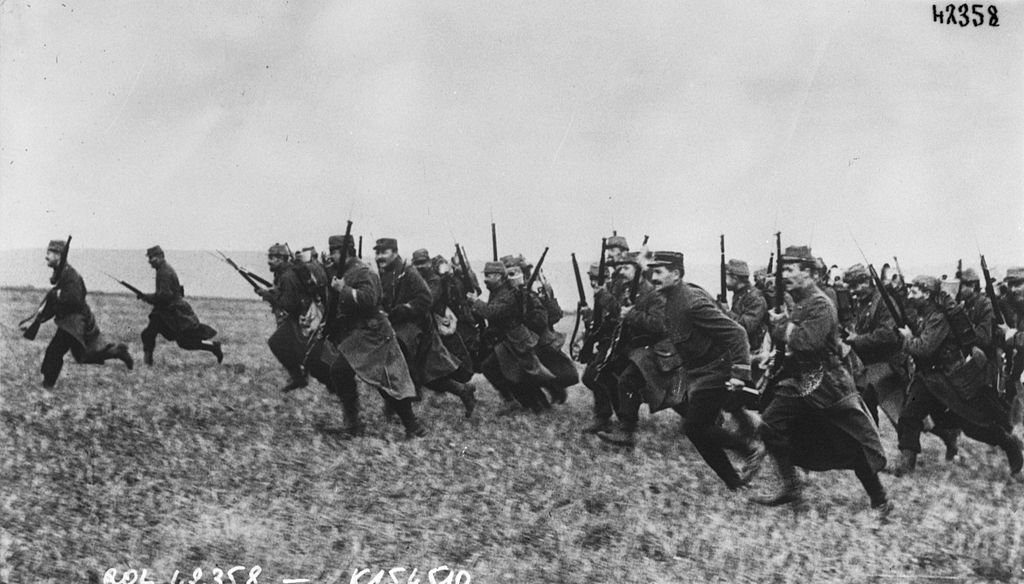
Germany’s plan involved a violation of international law. Belgium was a neutral country and Britain was committed to its defense. Thus, a German invasion was certain to bring Britain into the war. Germany asked for permission to move its troops through Belgium, but King Albert, the country’s monarch, refused, saying, “Belgium is a nation, not a road.” Germany decided to press ahead anyway. Its forces invaded Belgium on August 3.
The German military strategy worked better on paper than it did in practice. While fierce resistance by 200,000 Belgian soldiers did not stop the German advance, it did give Britain and France time to mobilize their forces. Meanwhile, Russia mobilized faster than expected, forcing Germany to divert 100,000 troops to the eastern front. German hopes for a quick victory were dashed at the first battle of the Marne in September 1914, when a retreating French army launched a powerful counter-attack, assisted by 6,000 troops transported to the front by 1,200 Parisian taxicabs.
After the Allies halted Germany’s massive offensive through France and Belgium at the Marne River, the Great War bogged down into trench warfare and a ghastly stalemate ensued. Lines of men, stretching from the English Channel to the Swiss border, formed an unmovable battle front across northern France. Four million troops burrowed into trenches that were 6-to-8 feet deep and wide enough for two men to pass each other. The trenches stretched for 450 miles. The soldiers were ravaged by tuberculosis and plagued with lice and rats. They stared at each other across barren expanses called “no-man’s land” and fought pitched battles over narrow strips of blood-soaked earth.
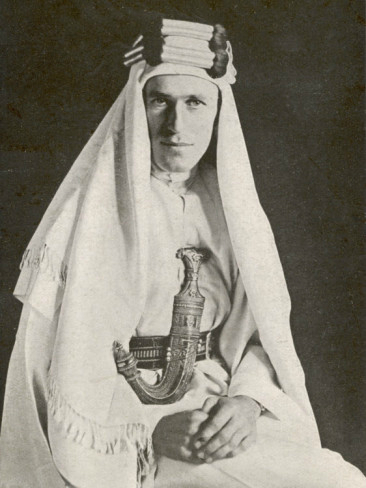
To end the stalemate, Germany introduced several military innovations in 1915. But none proved decisive. Germany dispatched submarines to prevent merchant ships from reaching Britain; it added poison chlorine gas to its military arsenal at the second battle of Ypres in northern France, and it dropped incendiary bombs over London from a zeppelin. Airplanes, tanks, and hand grenades were other innovations that distinguished World War I from previous conflicts. But the machine gun did most of the killing, firing eight bullets per second.
In a fateful attempt to break the deadlock, German forces adopted a new objective in 1916: to kill so many French soldiers that France would be forced to sue for peace. The German plan was to attack the French city of Verdun, a psychologically important town in northeastern France, and to bleed the French dry. The battle—the war’s longest—lasted from February 21, 1916 through July. The battle also engaged two million soldiers. When it ended, Verdun had become a symbol of wartime futility. France had suffered 315,000 casualties, Germany 280,000. The town was destroyed; however, the front had not moved.
At the Somme River, a hundred miles northwest of Verdun, the British launched an assault in July 1916. When it was over in October, one million men on both sides had died.
With fighting on the western front deadlocked, action spread to other arenas. A British soldier and writer named T.E. Lawrence (better known as “Lawrence of Arabia”), organized revolts against the Ottoman territories in Syria, Palestine, Iraq, and the Arabian Peninsula. With Germany preoccupied in Europe, Japanese and British Commonwealth forces seized German islands in the Pacific, while British forces conquered German colonies in Africa.
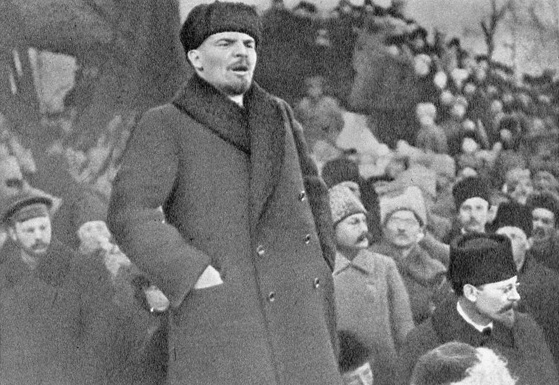
The military stalemate produced political turmoil across Europe. On Easter Monday, 1916, some 1,500 Irish Catholics seized buildings in Dublin and declared Ireland an independent republic. Fighting raged for a week before British forces suppressed the rebellion. British reprisals created great sympathy for the rebels. A two-year guerrilla war followed, which reached a climax in November 1920 when British troops fired at a soccer crowd, killing a dozen people—an event that became known as “Bloody Sunday.” In 1921, Britain was forced to agree to the creation of a self-governing Irish Free State.
In Czarist Russia, wartime casualties, popular discontent, and shortages of food, fuel, and housing touched off revolution and civil war. In March 1917, strikes and food riots erupted in the Russian capital of Petrograd. Soldiers called in to quell the strikes joined the uprising; and on March 15, Czar Nicholas II abdicated. The czarist regime was replaced by a succession of weak provisional governments, which tried to keep Russia in World War I. On November 7, Communist Bolsheviks led by V.I. Lenin overthrew the provisional government. Lenin promised “Peace to the army, land to the peasants, ownership of the factories to the workers.”
In 1917, after two-and-a-half years of fighting, five million troops were dead and the western front remained deadlocked. This was the grim situation that awaited the United States.
Germany was desperate to break the stalemate and to end the war of attrition. In January 1917, Germany launched unrestricted submarine warfare, hoping to cripple the British economy. German submarines sank a half million tons of Allied shipping each month, leaving Britain with only a six-week supply of grain. But these German U-boats risked bringing the United States into the war.